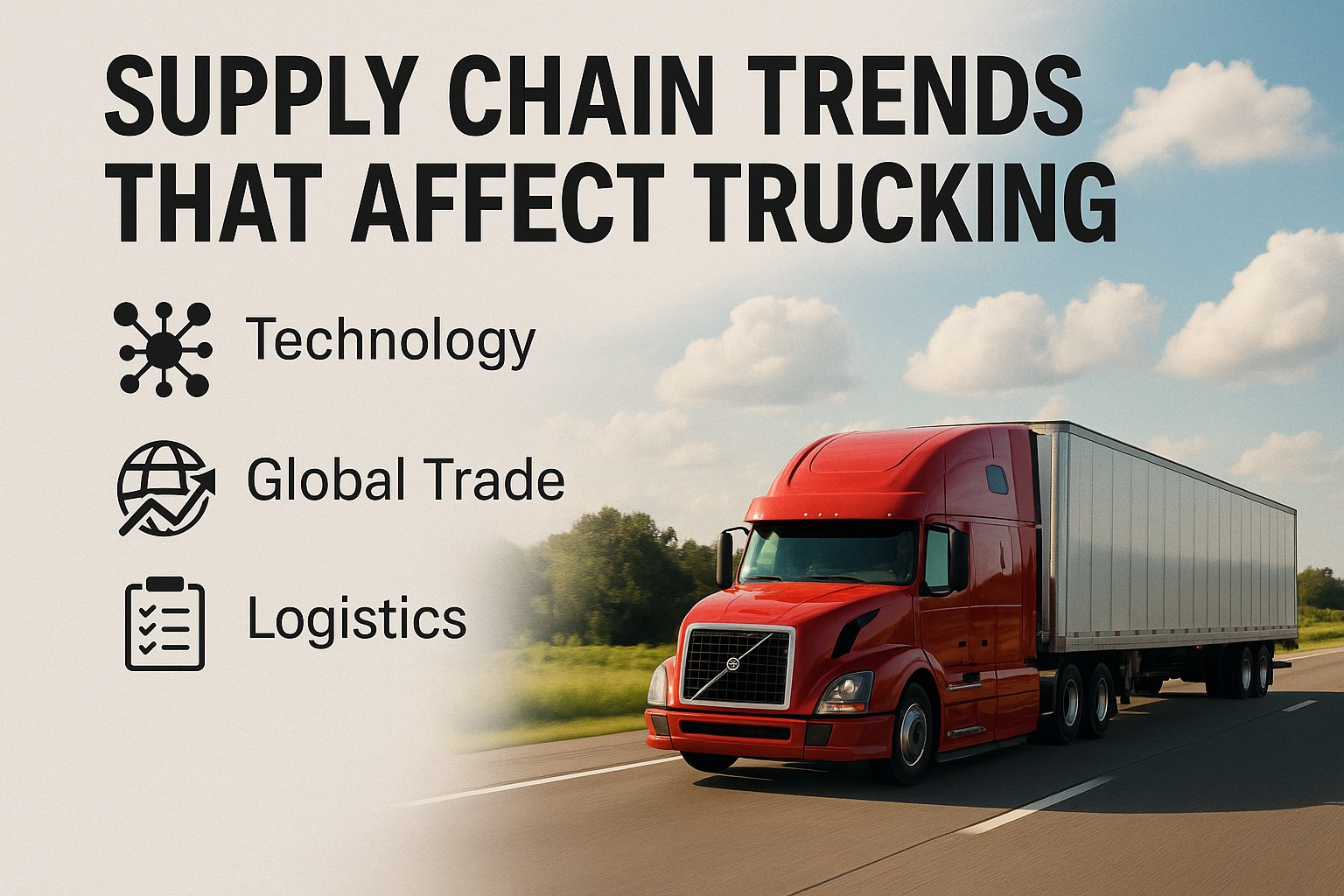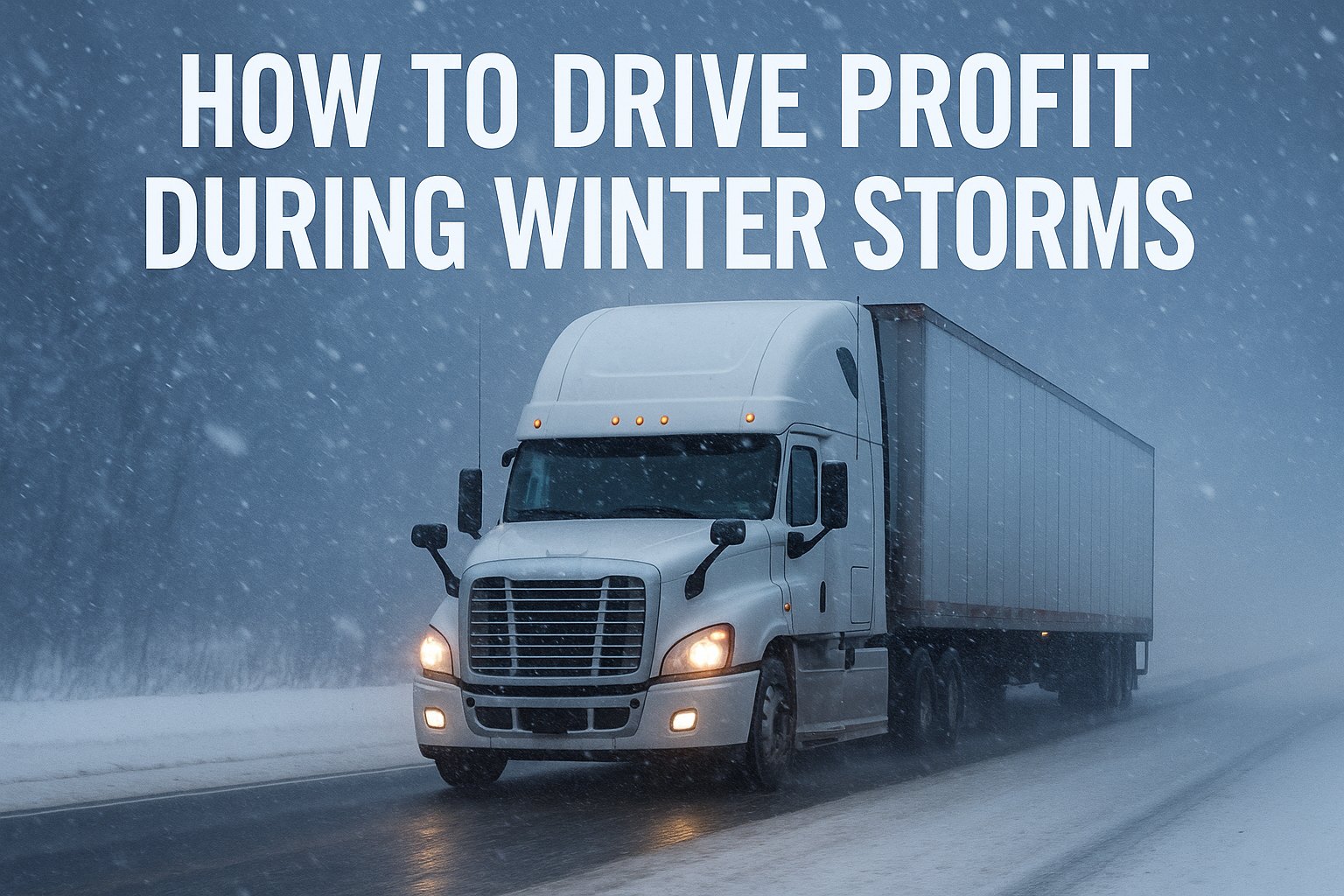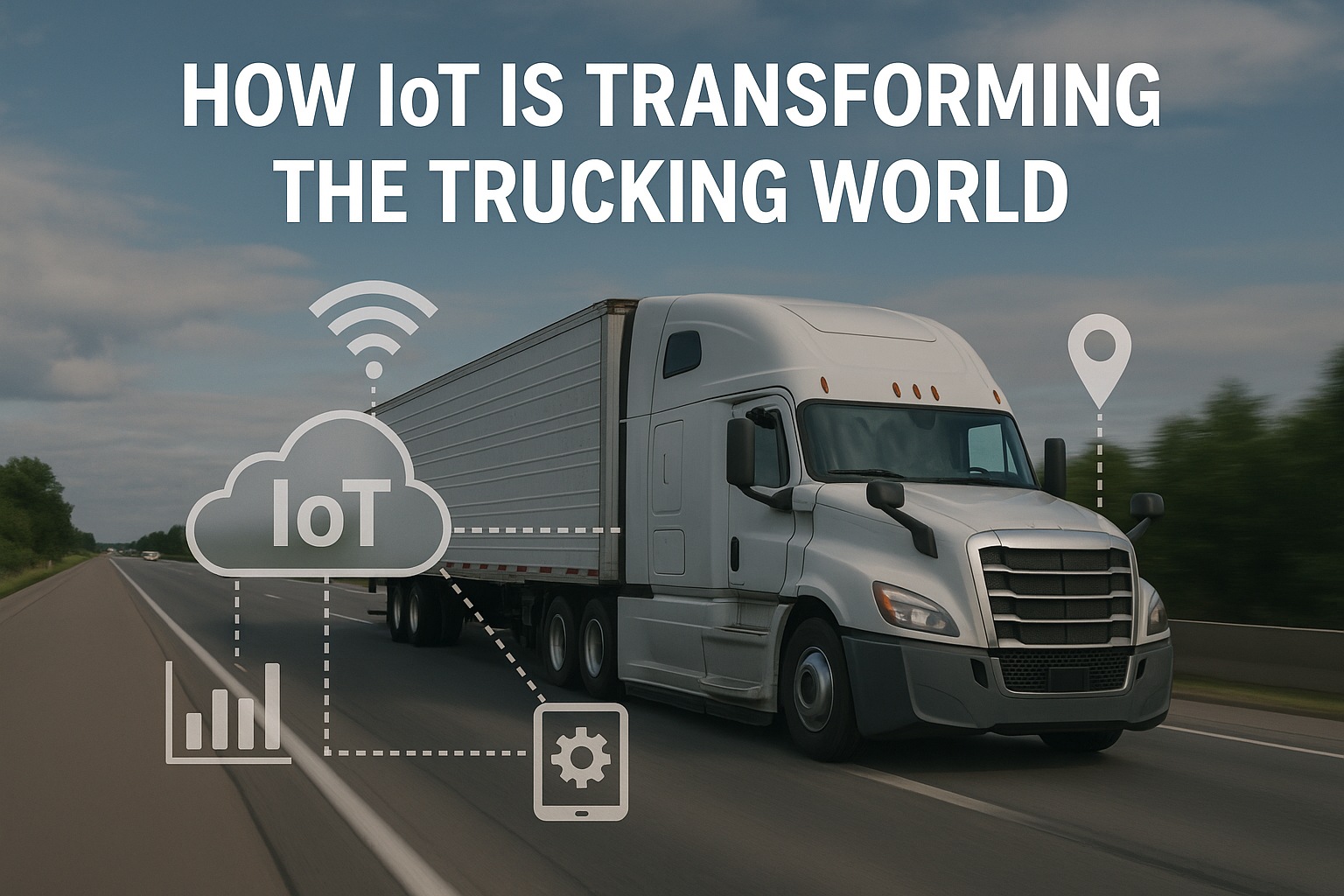The True Cost of ELD Selection: Why It Matters
The right ELD delivers measurable returns far beyond compliance:
$30K+
Annual savings
40%
Fewer violations
25%
Time savings
95%
Driver satisfaction
Essential ELD Features for Maximum ROI
1. FMCSA Compliance & Certification
Non-NegotiableRequirements: Self-certified on FMCSA list, automatic recording, data transfer capabilities
Key Features: Unassigned driving alerts, edit tracking, 6-month storage
Red Flags: Conditional certification, pending status, no 24/7 support
2. User Interface & Driver Experience
Productivity DriverCritical Elements: One-touch status changes, offline functionality, clear displays
Time Savers: Auto-duty status, predictive text, voice commands
Driver Features: Mobile app access, personal conveyance tracking, violation alerts
3. Integration Capabilities
Efficiency MultiplierEssential Integrations: Dispatch software, fuel cards, maintenance systems, payroll
Data Flow: API availability, real-time syncing, custom webhooks
Advanced Options: IFTA automation, load tracking, customer portals
4. Hardware Quality & Reliability
Uptime CriticalHardware Options: Dedicated tablets, BYOD, plug-in devices, hardwired units
Durability Factors: Temperature ratings, vibration resistance, screen brightness
Connectivity: 4G LTE standard, WiFi backup, Bluetooth printing
5. Reporting & Analytics
Decision EnablerCore Reports: HOS violations, unassigned driving, DVIR summaries, CSA predictions
Advanced Analytics: Driver scorecards, fuel efficiency, detention tracking
Compliance Tools: Audit preparation, DataQ support, violation trends
6. Support & Training Resources
Success FactorSupport Levels: 24/7 phone, live chat, roadside assistance, dedicated account managers
Training Options: Online courses, in-person sessions, video libraries, certification programs
Ongoing Resources: Regular webinars, regulation updates, best practices sharing
Find Your Perfect ELD Solution
Compare top-rated ELD systems and get personalized recommendations based on your fleet's specific needs. Save time and money.
ELD Cost Analysis: Investment vs. Returns
| Cost/Benefit Category | Basic ELD | Advanced ELD System | Annual Difference (50 trucks) |
|---|---|---|---|
| Monthly Cost | $20-30/truck | $35-50/truck | -$9,000 investment |
| HOS Violations | 8-10 annually | 2-3 annually | +$35,000 saved |
| Administrative Time | 60 hours/week | 20 hours/week | +$50,000 saved |
| Driver Productivity | Standard | 15% improvement | +$75,000 gained |
| System Downtime | 10 days/year | 1 day/year | +$45,000 saved |
| Integration Benefits | Manual processes | Full automation | +$30,000 saved |
| Total Annual ROI | +$226,000 | ||
ELD Selection Criteria Checklist
Must-Have Features
Compliance Essentials
- FMCSA self-certification
- Automatic recording
- Unedited data preservation
- Multiple data transfer methods
- Driver annotation capability
Operational Features
Efficiency Drivers
- Mobile app availability
- Offline functionality
- IFTA automation
- Detention tracking
- Multi-language support
Integration Requirements
System Connectivity
- Open API access
- Dispatch software sync
- Fuel card integration
- Maintenance tracking
- Payroll automation
Support & Service
Success Factors
- 24/7 phone support
- Roadside assistance
- Training programs
- Regular updates
- Dedicated account management
Common ELD Selection Mistakes
❌ Choosing on Price Alone
Risk: Cheap ELDs cost more in violations
Solution: Calculate total cost including violations, downtime, and lost productivity
❌ Ignoring Driver Input
Risk: Poor adoption, workarounds
Solution: Include drivers in demos, prioritize user-friendly interfaces
❌ Overlooking Integration
Risk: Data silos, double entry
Solution: Map all system connections before purchasing
❌ Insufficient Hardware Testing
Risk: Field failures, driver frustration
Solution: 30-day pilot program with various truck types
❌ No Scalability Planning
Risk: Outgrowing system quickly
Solution: Choose platforms that scale with growth
❌ Skipping Contract Details
Risk: Hidden fees, poor SLAs
Solution: Negotiate terms, understand all costs
Implementation Best Practices
Pre-Implementation
- Map current workflows
- Identify integration points
- Set success metrics
- Create rollout schedule
Result: 50% faster deployment
Pilot Program
- Start with 5-10 trucks
- Test all features
- Gather driver feedback
- Refine processes
Benefit: 90% smooth rollout
Training Strategy
- Role-based training paths
- Hands-on practice time
- Quick reference guides
- Ongoing refreshers
Value: 95% adoption rate
Success Monitoring
- Track violation rates
- Monitor productivity
- Measure time savings
- Calculate ROI monthly
Outcome: Proven results
Make the Right ELD Choice Today
Get expert guidance on ELD selection and implementation. Join fleets saving $200K+ annually with the right technology choices.
Frequently Asked Questions
Basic ELDs cost $20-30/month but often result in $500+/month in hidden costs through violations, downtime, and inefficiency. Premium systems ($35-50/month) include advanced features that save $1,500+/month per truck through violation prevention, productivity gains, and automation. The $15-20 monthly difference returns 100x value through operational improvements.
With proper planning: 2-4 weeks for complete fleet deployment. Timeline includes: hardware installation (1-2 days per truck), driver training (4-6 hours per driver), system integration (1 week), and optimization period (2 weeks). Phased rollouts starting with 10-20% of fleet reduce risks and allow process refinement.
Priority integrations by ROI impact: (1) Dispatch software - saves 10 hours weekly, (2) Fuel cards - prevents theft and automates IFTA, (3) Maintenance systems - extends equipment life 40%, (4) Payroll - eliminates manual calculations, (5) Customer portals - improves retention 25%. Start with dispatch integration for immediate productivity gains.
Successful adoption strategies: involve drivers in selection process, choose user-friendly interfaces, provide comprehensive training, emphasize benefits (fewer violations, accurate pay), implement gradually with pilot group, offer incentives for proper usage, and maintain open feedback channels. Fleets following these practices achieve 95% voluntary adoption within 30 days.
Protect your investment by: choosing established providers with 5+ year history, ensuring data portability clauses in contracts, maintaining regular data exports, selecting providers with open APIs, and having contingency plans. Red flags include frequent ownership changes, poor financial transparency, and proprietary hardware without alternatives. Always maintain 60-day data backup minimum.








